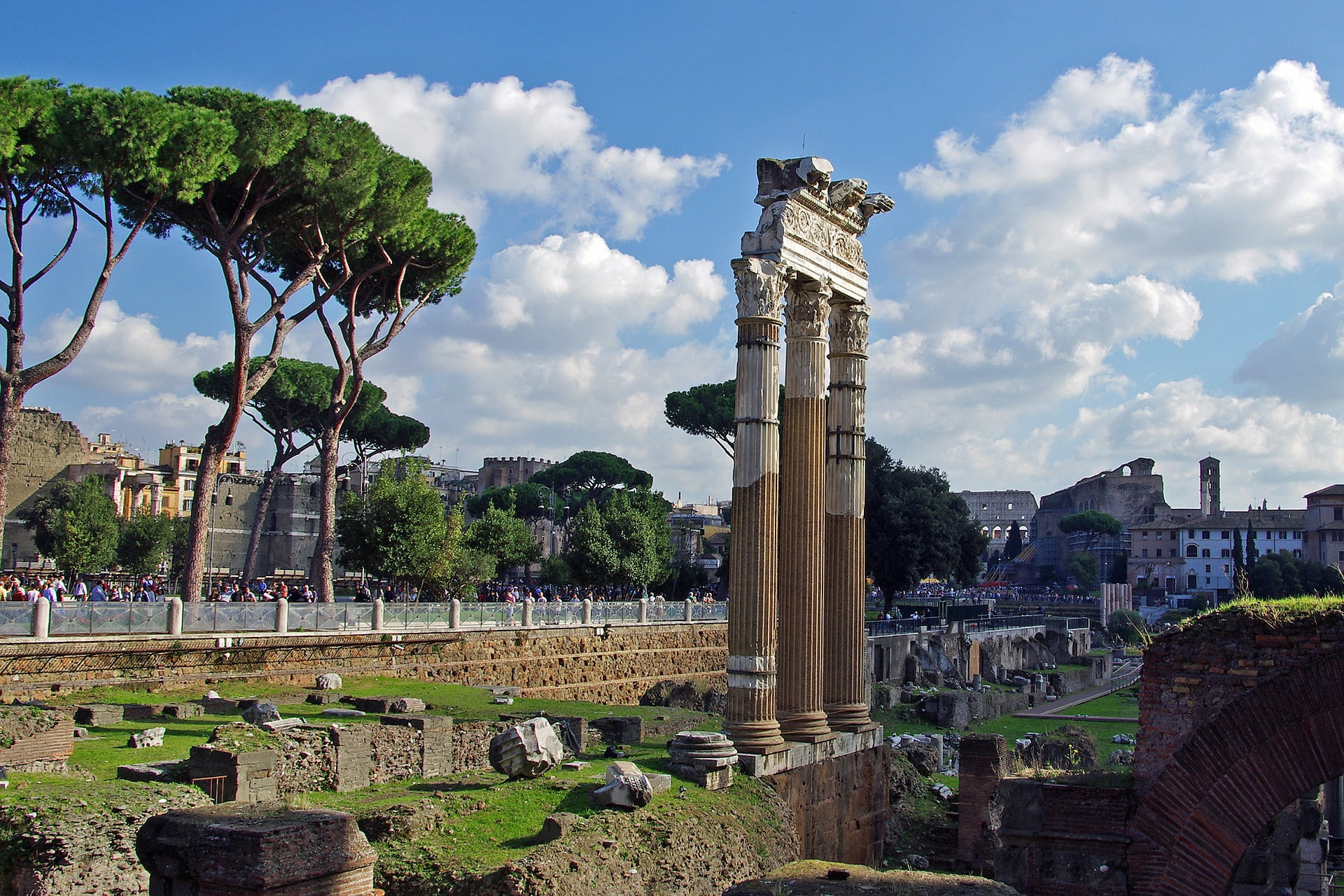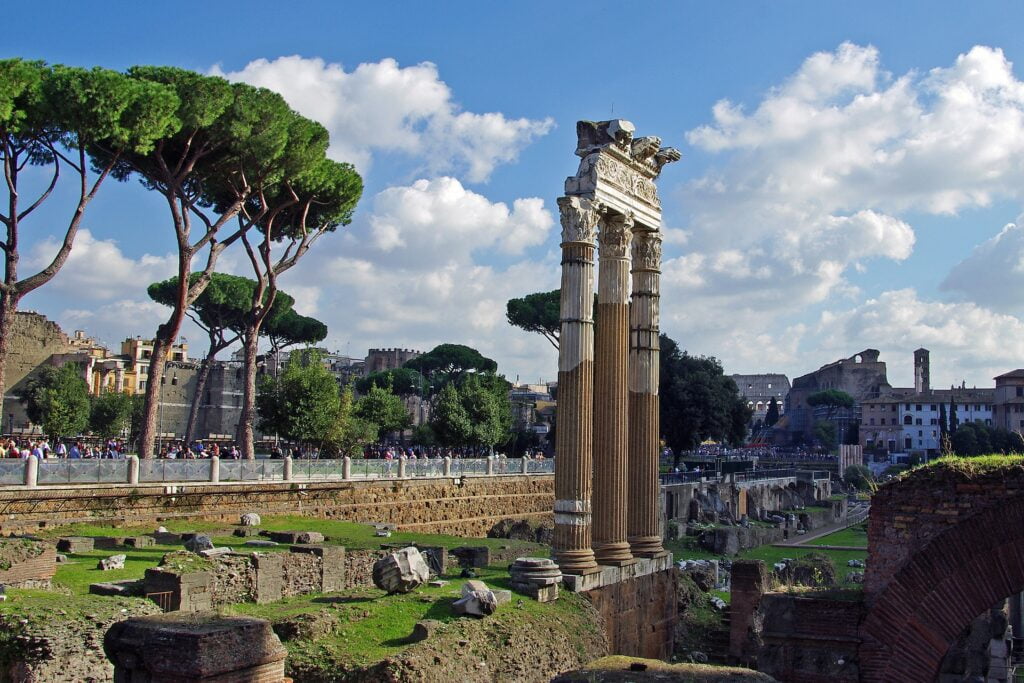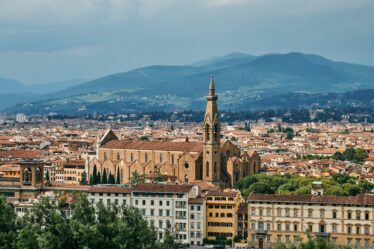

A Historic Landmark Beneath San Giuseppe dei Falegnami
Nestled on the northeastern slopes of the Capitoline Hill, beneath the 17th-century Church of San Giuseppe dei Falegnami, lies the Carcer-Tullianum, one of the most significant archaeological sites in the Roman Forum.
The Role of the Mamertine Prison
Structurally connected to the defensive system of the Capitoline Hill since the archaic age, the Carcer-Tullianum served as a detention site for Rome’s enemies condemned to death. It played a crucial role in the city’s punitive system and held some of history’s most notable prisoners.
Architectural Evolution: From Archaic Times to the Republic
The monument consists of two main sections built at different times:
- The Carcer, constructed during the reign of Anco Marcio (675-616 BC), forming the upper chamber and adjacent Republican-era spaces (4th-2nd century BC).
- The Tullianum, an underground chamber featuring the sacred Acqua Tulliana spring, built during the reign of Servius Tullius (578-539 BC).
From Prison to Place of Worship
By the 7th century AD, the Carcer-Tullianum ceased to function as a prison and was transformed into a Christian place of worship. It later became the Church of St. Peter and St. Paul in Prison, as tradition holds that these apostles were imprisoned here before their execution. A sculpture within the site depicts them behind bars in classic iconography.
Notable Prisoners: Vercingetorix and Others
The Mamertine Prison held several prominent detainees, including Vercingetorix, King of the Gauls, who was executed here in 49 BC. Inside the structure, two commemorative plaques honor the most illustrious figures who were imprisoned and executed within its walls.
A Must-Visit Historical Site in Rome
Today, the Mamertine Prison remains a key historical attraction in Rome, offering visitors a glimpse into the city’s ancient justice system and its transformation into a revered Christian site. Situated in the heart of the Roman Forum, it is a testament to Rome’s long and layered history.



